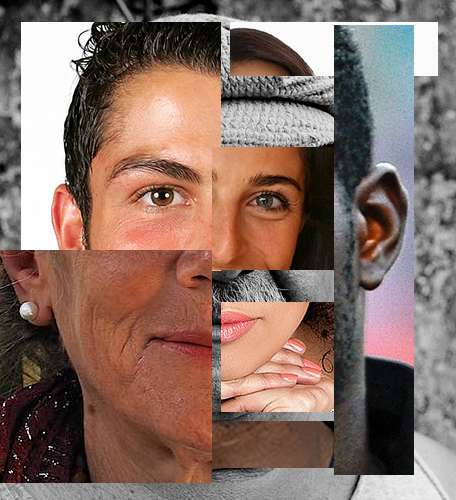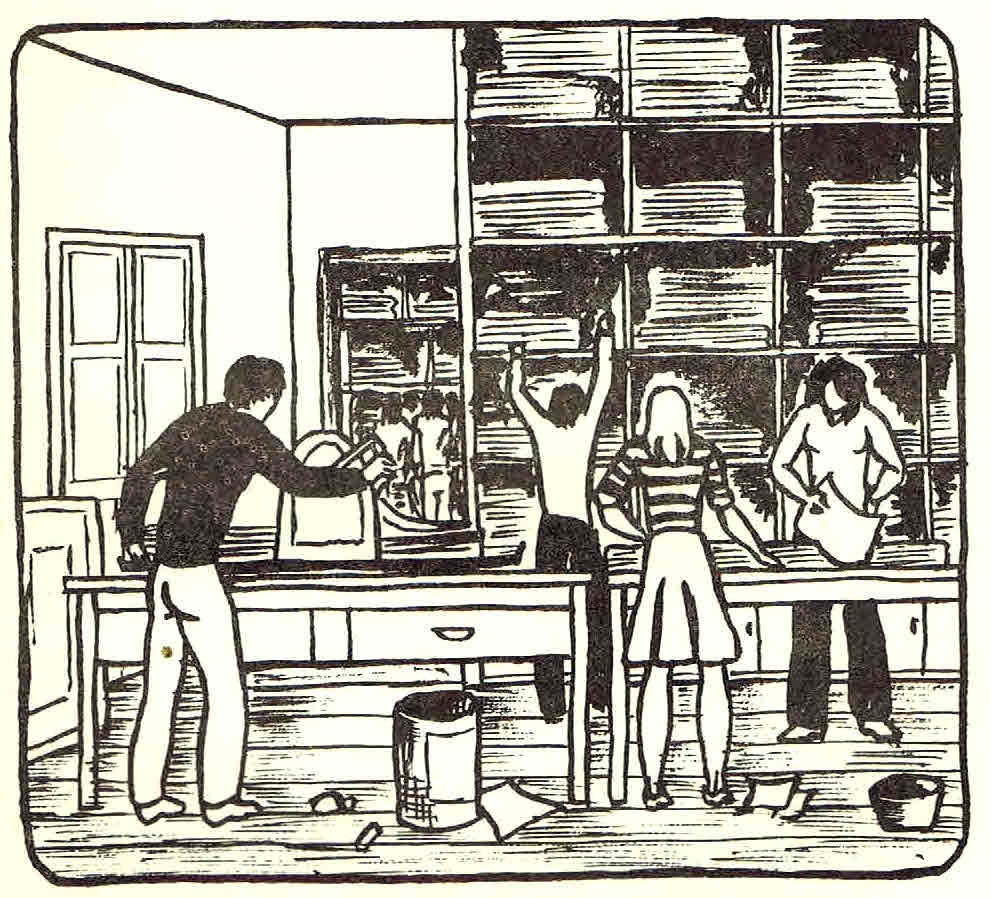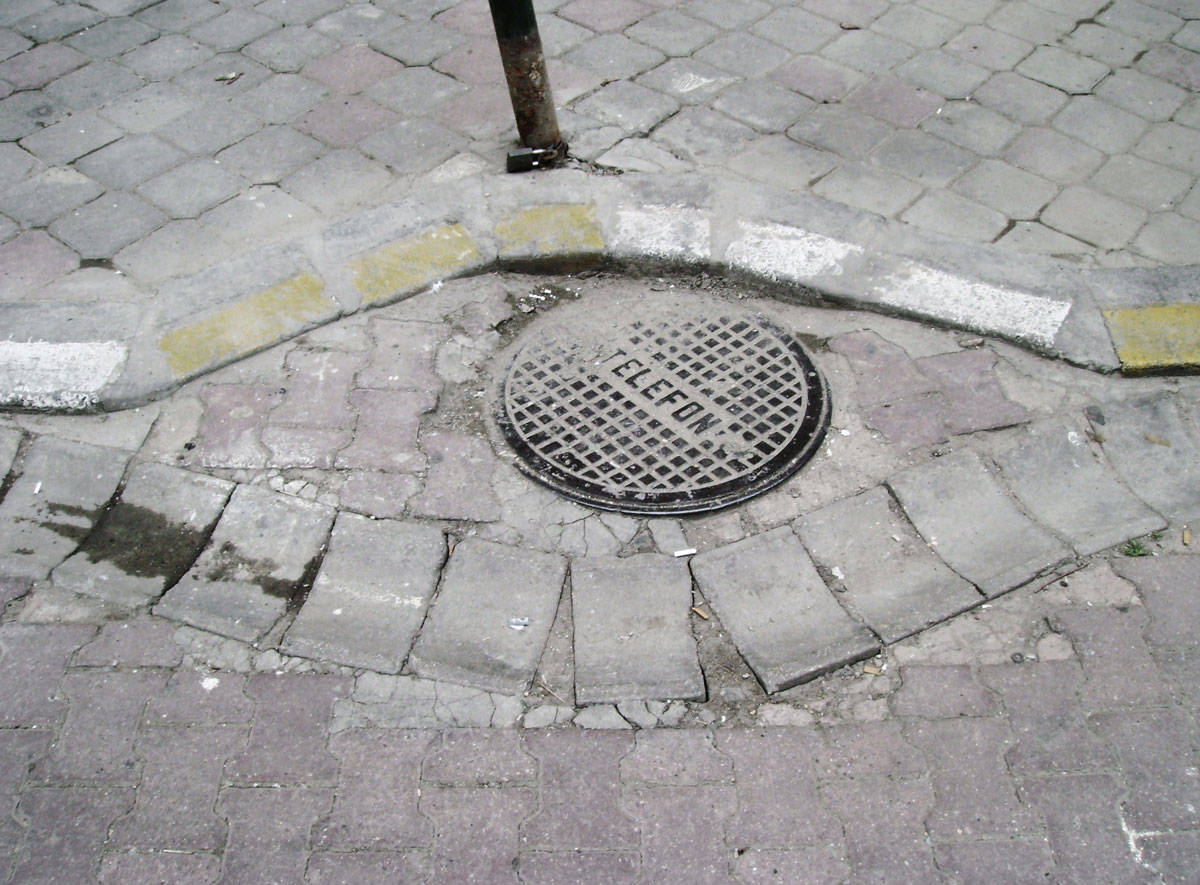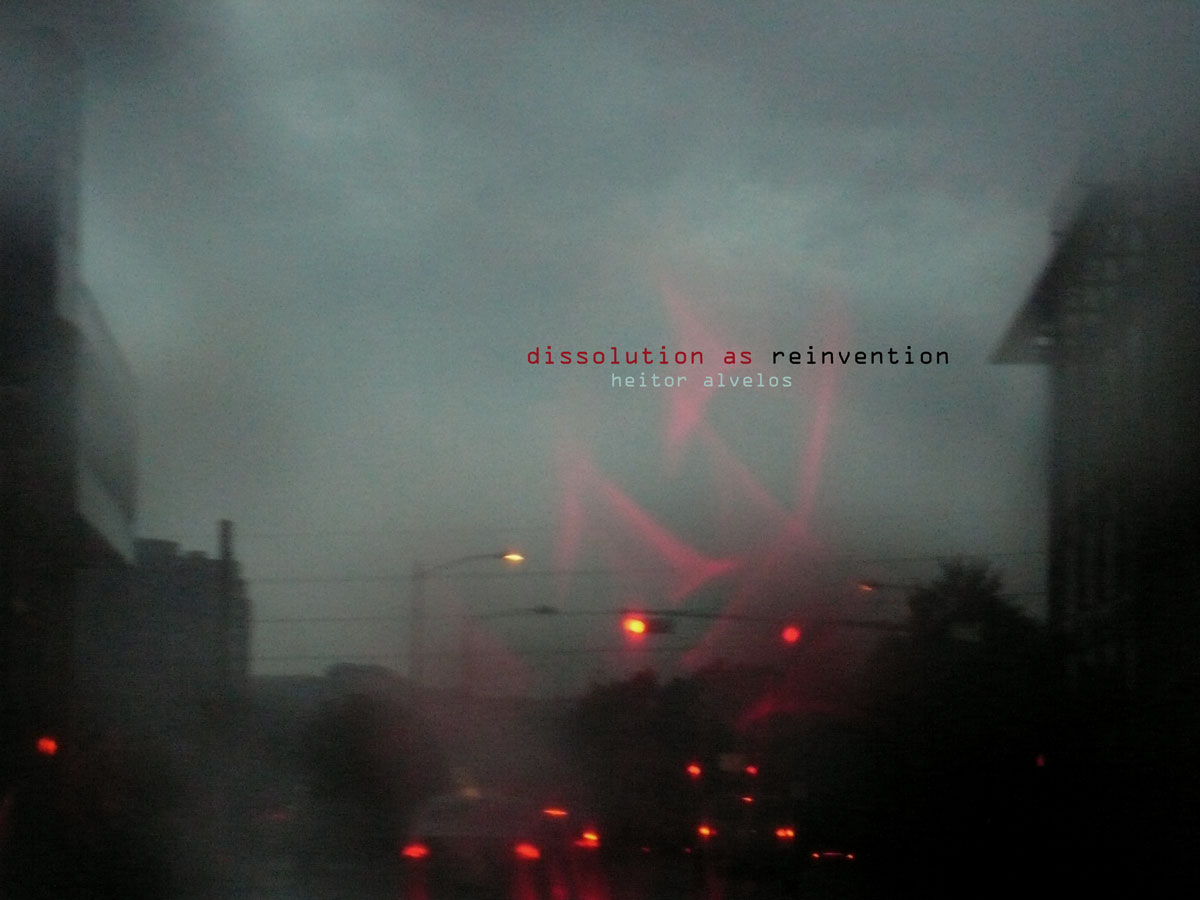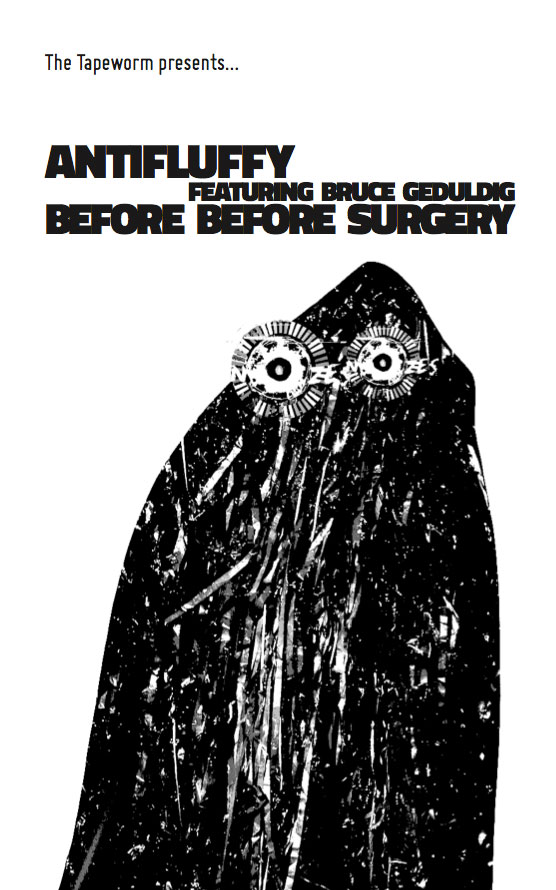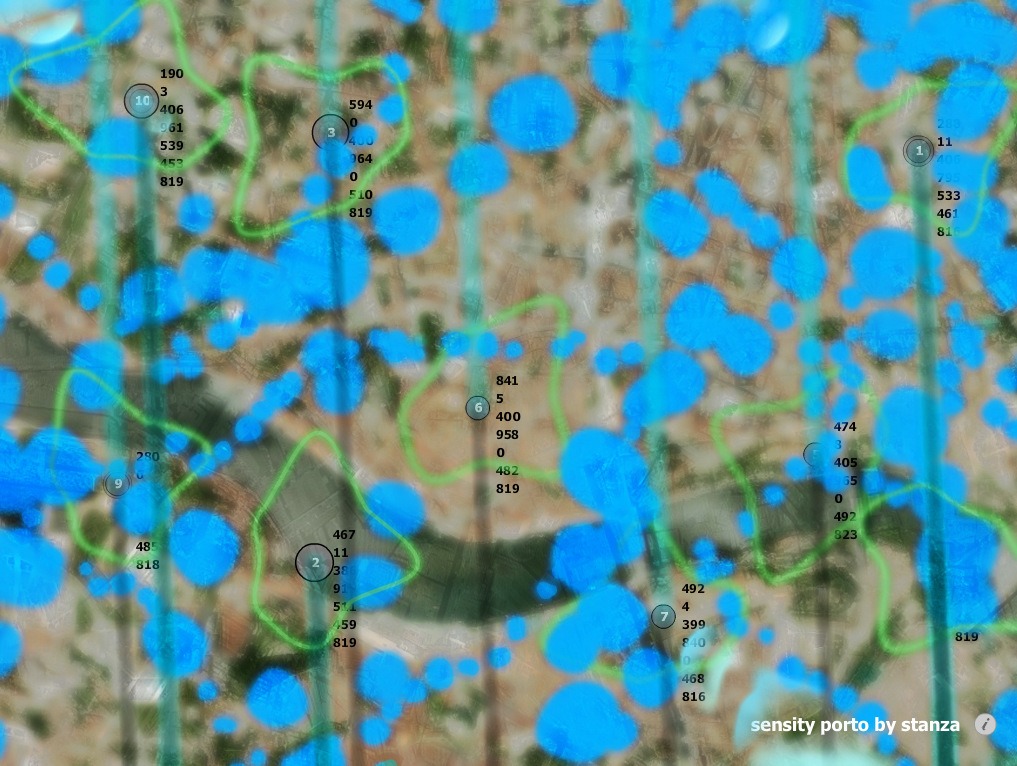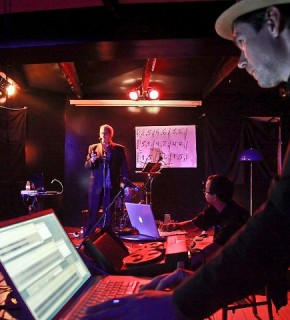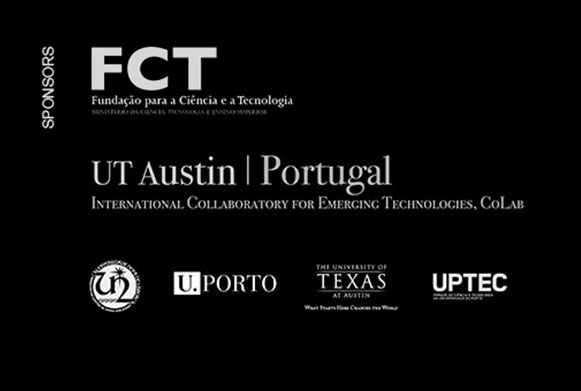The University of Porto and the New Media
One essential characteristic of Modern Digital Media is the fact that they are not a simple evolution of traditional media. Traditional media had already a complex nature, requiring the contribution of multidisciplinary teams mixing technical and creative teams. However the fact that they were characterized by the use of a linear narratives and that they were distributed by a reduced number of platforms, governed by clear business models, creates a situation where media content can be discussed independently from the distribution and production technologies. New media are more complex because this separation cannot be made anymore.
Modern Digital media add to this already complex situation a number of new dimensions: (1) technological convergence towards generic IT technologies in production, transmission and consumption, (2) support of interaction bringing the need of nonlinear narratives and (3) a multitude of different distributions platforms with highly changeable and unclear business models. In this environment, creators, besides the need to use complex development environments have considerable difficulties to sustain long term activities. The free for all paradigms introduced by the Internet induced a storm of changes in the media business. The development of businesses aiming at the exploitation of the obvious potential of these new media in areas such as business, culture, education, entertainment, on-line news has been slowed down by that. Current players coming from the traditional world are confused and fill threatened and have reduced capacity to take risks in the current disruptive business scenarios.
In situations like this there is a lot that universities can do through experimental projects in collaboration with industry: work in technology, new types of content, new services and business models can be done to support the consolidation of this process. However to go in this direction universities need to adopt new approaches in the organization of their research and teaching activities, so that interdisciplinary work is easier and new convergence cultures can develop.
The University of Porto is a large traditional university with different schools operating in traditional areas in a rather autonomous way. They are placed in different parts of town and, this geographical displacement in addition to the considerable difference in the cultures of the academic communities that each one of them has generated (and this diversity is a plus point) makes it difficult to achieve the creative multidisciplinary environment that will lead to the preparation of the new builders of the digital age. The task of changing or creating new cultures must always be seen as a long term project that needs the development of an appropriate stimulating framework.
In the last two decades I gained a significant experience in driving this type of multidisciplinary processes in research, at INESC Porto, where I have been a director for over 20 years, but also in the academic world due to my responsibility in the creation and management of several teaching programs at the University of Porto.
INESC Porto is an R&D institute working in the interface between academy and the economic world in all areas of application of information technologies, electronics and communications, what corresponds to a very wide range of applications in diverse sectors going from energy systems to e-Gov or digital media.
In theory the development of multidisciplinary projects is easy as, when funding is available, it is possible to gather a multidisciplinary team as necessary to solve complex problems in innovative ways. In practice however, and in the long term, this is not as easy as it looks and it requires central driving.
One first element of that comes from the fact that research is very international and competitive. To be recognized researchers need to focus in small scientific niches of activity and this drives them to prefer work in well defined scientific projects that do not require lots of interaction and meetings for mutual understanding and coordination. Directing a multidisciplinary institution implies the need to fight that resistance and to show researchers what they can gain by getting involved in such projects. To add to this problem multidisciplinary activities are often not easily recognised to be scientifically good and are frequently seen more as experiments in support of industrial interests without significant scientific content. As a consequence of this, the attraction of ambitious researchers to this type of research, closer to “the market”, is not easy. Another important level of difficulty comes from the considerable different between market cycles and research cycles – industry aims at short term results that are not easy to make compatible with the multiyear academic program cycles.
This is however the drive of most multidisciplinary research work taking place today at INESC Porto, including new media. Current changes in programs to fund research and innovation with companies by QREN are a significant step to help institutions to stimulate these type of activities.
The establishment of academic teaching programs in the university brings another set of problems. The University regulations make it very difficult to create any new entities to drive the new interdisciplinary programs. This is good as what is needed is not new schools working in isolation with the rest of the university but a framework for the collaboration with existing Schools. Setting up new units as independent as currents schools are would not only suffer from serious sustainability difficulties but also would lead to difficulties in critical mass to work in some of the discipline. In this situation, up to now, all interdisciplinary programs were done through some sort of internal academic consortia. This strategy is good to manage undergraduate programs with courses developed by different schools but it cannot easily generate integrated research and teaching activities as required in second and third cycle programs that generate the new breed of people with mixture of cultures that essential to the development of the new media. Let me go through some experiences held at UP.
The area of Communication and Media started just over 10 years ago under such a scheme of collaboration between the schools of Engineering, Fine Arts, Humanities and Economics. Quite a lot was done in terms of creating a new breath of students in journalism and communication with a mixed set of skills has been successful. If there are difficulties they come essentially from the difficulties experimented to dive the lectures to understand the changes that are taking place at a fast rate.
Another program that has been implemented using the same model is the master program in Multimedia that has been developed through the collaboration of those schools plus the School of Sciences. It has been working for more than 10 year. After a difficult start full of misunderstandings between students with different backgrounds put together into common classes and the lectures from those schools there is now a good understanding and many successful projects have been developed through those students.
The experience gained in these two cases makes me a firm believer in this multidisciplinary approach in the teaching programs. Students gain a lot through the direct contact with colleagues with different skills that significantly assist their learning outcomes. I am not just talking about the scientific background but of very fundamental cultural issues.
It is interesting to go a little deeper in this through an example of this exchange between different cultures: the typical attitude of a Fine Arts student is very creative and entrepreneurial due to the way they are trained – for their home work, from the very beginning of their training they have to know what others have done and create proposals that are different and find answers to some new question they are given to work. On the other side, in spite of all the efforts that are currently being done to make them entrepreneurial, an engineering student is educated in a more deductive world. In this world they trained to be competent to solve engineering problems and this means they must do well things that others have already done – a possible home work for an engineering student is to write a program to achieve a result that is previously indicated. These represent two schools of thought that produce different minds, appropriate to do different tasks in different worlds but when we create environments that allow them to work together understand and respect individual skills each one of them can contribute to, we are forcing the appearance of something new that we could not expect to see if they work in isolation. It is one of those situation where the some adds to more than the sum of the parts. The main requirement in this process is to have teachers that have a sufficiently wide open view to stimulate and exploit these gains. The gains are clearly visible in many of the project work that students have produced in their thesis in the past years.
Another interesting story is the programs in traditional and on-line media. Media is going through a very deep revolution and the traditional roles of journalists are being challenged by the online world with a new world of possibilities open to an individual equipped with basic Internet and multimedia communication skills. The investment in our undergraduate course in communication sciences was made to create graduates that understand a lot more than journalism in order to be capable to contribute to the development of the new media companies. This was made through the participation of the Schools of Engineering, Humanities, Economics and Fine Arts. The resulting graduates are not easily inserted in the traditional corporations as they are organized according to the traditional skills but they have been very well received in many departments due to their flexibility and familiarity to the Internet world. By adding to the expertise of the course, the experience of a small audiovisual production team created in the university, the University of Porto has done significant activities in training for the media groups. This was a great success and there is now a great demand from all media groups to train multimedia journalists. This is an interesting example of the way universities can have a role in this complex situations where evolution scenarios are difficult to identify.
The exploitation of these opportunities requires a new mode of operation. That is clearly understood by the managing bodies of the university and will take place in the framework of the transformation of the University of Porto into a Foundation that is now being done.
The first is the creation of a better way to manage researchers and resources as needed to coordinate teaching and research activities in these areas but extending the scope of current research activities to new areas of research not well covered in the Media Arts such as performing arts and music. The second will be the creation of a new framework for the development of projects with industry such as the pole for creative industries, oriented towards the content production industries.
This will offer space accommodate companies, common production infrastructures to be chaired by teaching, research and companies, incubation and spaces to interact with the public, support for the development of experimental contents in all forms, all this placed in the very centre of historical city of Porto. We call this project P.INC and I believe that, linked with the creation of a Creative Industries Cluster in Porto, already approved by government, the partnership we are building with University of Texas in Austin, the organization of international events like Future Places, will significantly increase the scope of our current activities.
Artur Pimenta Alves, Full Professor
INESC Porto, Faculdade de Engenharia da Universidade do Porto

